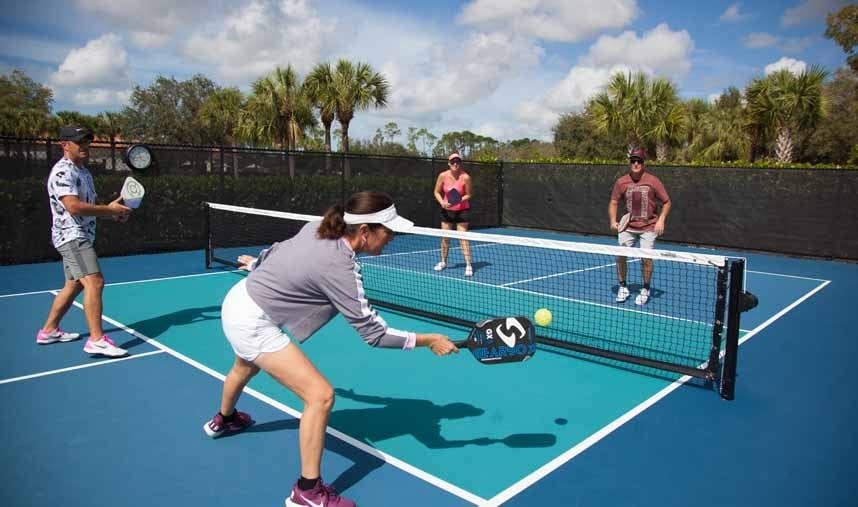Esports often seeks legitimacy by comparing itself to traditional meatsports. Riot was particularly fond of analogizing League of Legends to Basketball. There certainly are strong parallels – both are 5-on-5 team competitions where players take specialized roles, and success requires individual prowess as well as team strategy. Both games have audiences that skew towards young urban/suburban males. Basketball is famously the youngest of the “big 3” American sports, with baseball skewing old and football in between. When explaining to boomer investors in 2012 why anybody would want to dedicate their life to becoming the best at a video game, meatsports were likely a useful established touchstone. Basketball is cool, and esports wants to be cool.
But the analogy falls apart when it comes to spectatorship. If somebody says they like basketball, they probably mean they like watching basketball and don’t actively play. The basketball industry is mostly NBA viewership and fandom. The amount of revenue from equipment sales, coaching, court rentals, or buy-in amateur leagues is negligible. Esports has the opposite pattern. Viewership is predominantly from gamers, as the game is uninteresting or incomprehensible to non-players. Even if the gameplay is watchable by non-players, like in Rocket League or Counter-Strike, it still lacks the cultural cachet for outsiders to care. It takes a long time to establish the cultural roots for a game to become a community pastime, for parents to indoctrinate their kids, and for viewership to supersede playership.
The fact is, esports are too new. The dominant competitive genre changes as the medium evolves, from fighting games to real-time strategy to shooters. The top game within a genre also keeps changing, not to mention new content and balance updates. This difference with meatsports reflects business realities; you can’t monopolize playing basketball, so the NBA monopolizes watching basketball while keeping the game stable. But a hit new video game can make a buttload of money, so new games are constantly trying to dethrone the current king. The top meatsports are relatively static; the same games remain popular decade-over-decade. There’s no “Basketball 2”.
However, there is a notable exception: Pickleball.
As you’re probably aware, Pickleball has seen a sudden surge of popularity in the past decade. It’s an extremely unusual phenomenon. The closest “new sport” is probably Ultimate Frisbee, which is orders of magnitude smaller. Pickleball is mostly played, not watched. There is a professional pickleball league, but nobody really cares; they just want to go out and hit a ball. Tennis is more athletic, prestigious, and exciting to watch, but Pickleball is more popular to play.
There’s a lot of parallels between Pickleball and successful esports. Pickleball took the core concept of Tennis and made it more accessible: slower balls, smaller courts, less running. Pickleball is designed primarily for doubles teams rather than singles. Similarly, LoL and Dota took the core mechanics of real-time strategy games but put them in a more accessible team format. Pickleball was able to utilize existing infrastructure. Public parks are full of tennis and basketball courts, and the ball is just a standard wiffleball. Similarly, esports are able to leverage ever-improving home computers and broadband internet to play. No specialized equipment required. While it’s less sexy than basketball, I think pickleball is a much closer analogy to esports.






Esports died when Pavel beat Amnesiac with babbling book.